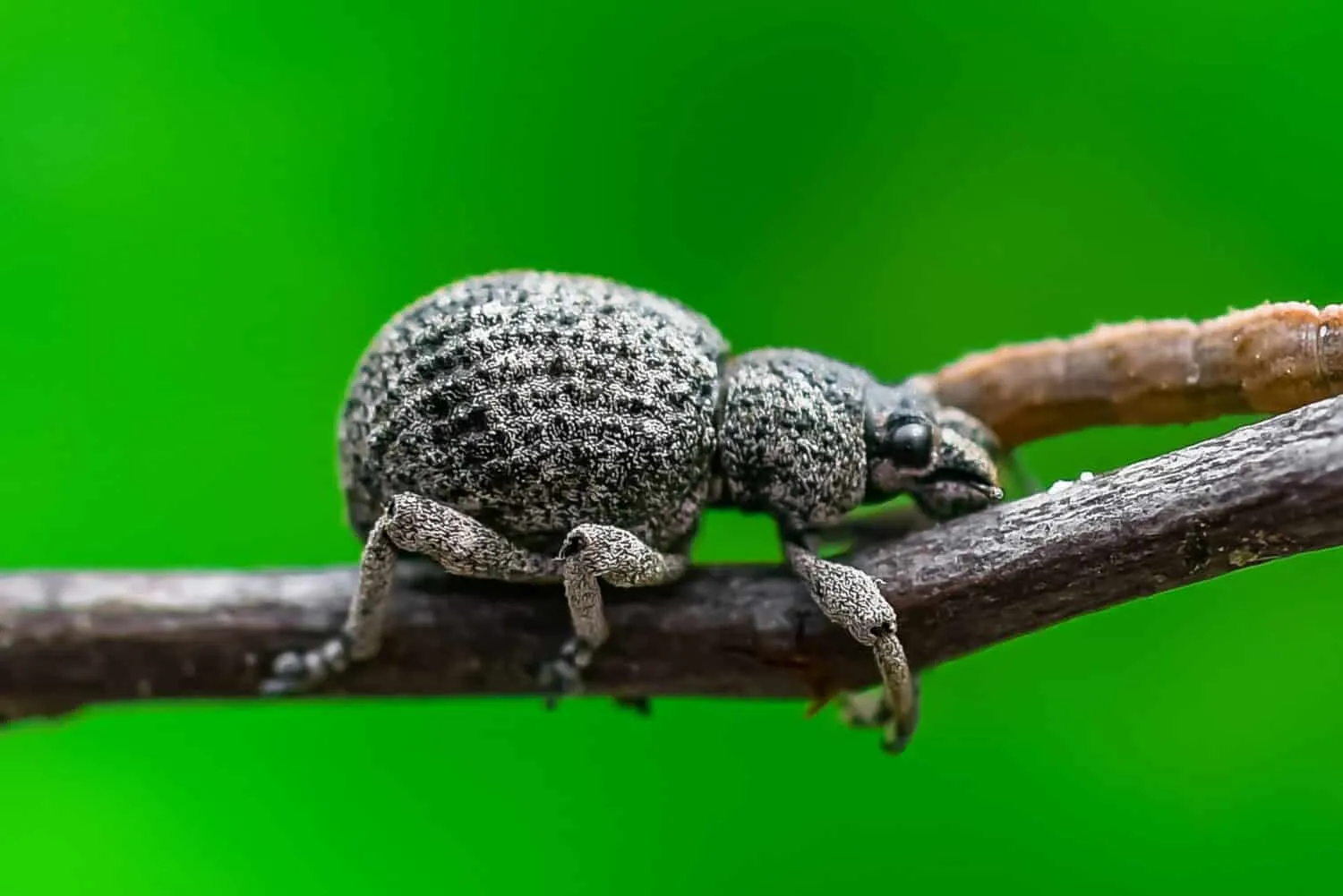Rarest Insect in the World is home to countless insect species, many of which are common and widespread. However, some are incredibly rare and elusive, making them fascinating subjects for entomologists and nature enthusiasts. These insects are often found in remote locations, have unique adaptations, and, in some cases, are critically endangered or even thought to be extinct. Conservation efforts are necessary to protect these species and their habitats from environmental threats. Here are eight of the rarest insects in the world, each with its unique characteristics and mystery.
List of the Rarest Insects in the World :-
| Insect Name | Habitat | Distinct Feature | Estimated Price |
|---|---|---|---|
| Lord Howe Island Stick Insect (Dryococelus australis) | Lord Howe Island, Australia | Large, black, thought extinct until rediscovery in 2001 | Not available (protected species) |
| Hercules Beetle (Dynastes hercules) | Central and South America | One of the longest beetles, males have large curved horns | $100 – $500 (depending on size and rarity) |
| Raspberry Crazy Ant (Nylanderia fulva) | South America, invasive in the USA | Erratic movement, known for destroying electrical equipment | Not sold commercially |
| Giant Weta (Deinacrida) | New Zealand | One of the heaviest insects, sometimes weighs more than a sparrow | Not available (protected species) |
| St. Helena Giant Earwig (Labidura herculeana) | St. Helena Island | The largest earwig species, believed extinct | Not available (extinct or extremely rare) |
| Queen Alexandra’s Birdwing Butterfly (Ornithoptera alexandrae) | Papua New Guinea | The largest butterfly in the world, with a wingspan of up to 11 inches | $2,000 – $10,000 (highly regulated due to conservation laws) |
| Blue Morpho Butterfly (Morpho menelaus) | Central and South America | Iridescent blue wings, one of the most stunning butterflies | $50 – $300 (depending on size and condition) |
| Metallic Tarantula (Poecilotheria metallica) | India | Rare tarantula species with stunning metallic blue coloration | $100 – $500 (captive-bred specimens) |
Detailed Descriptions of the Rarest Insects
1. Lord Howe Island Stick Insect (Dryococelus australis)
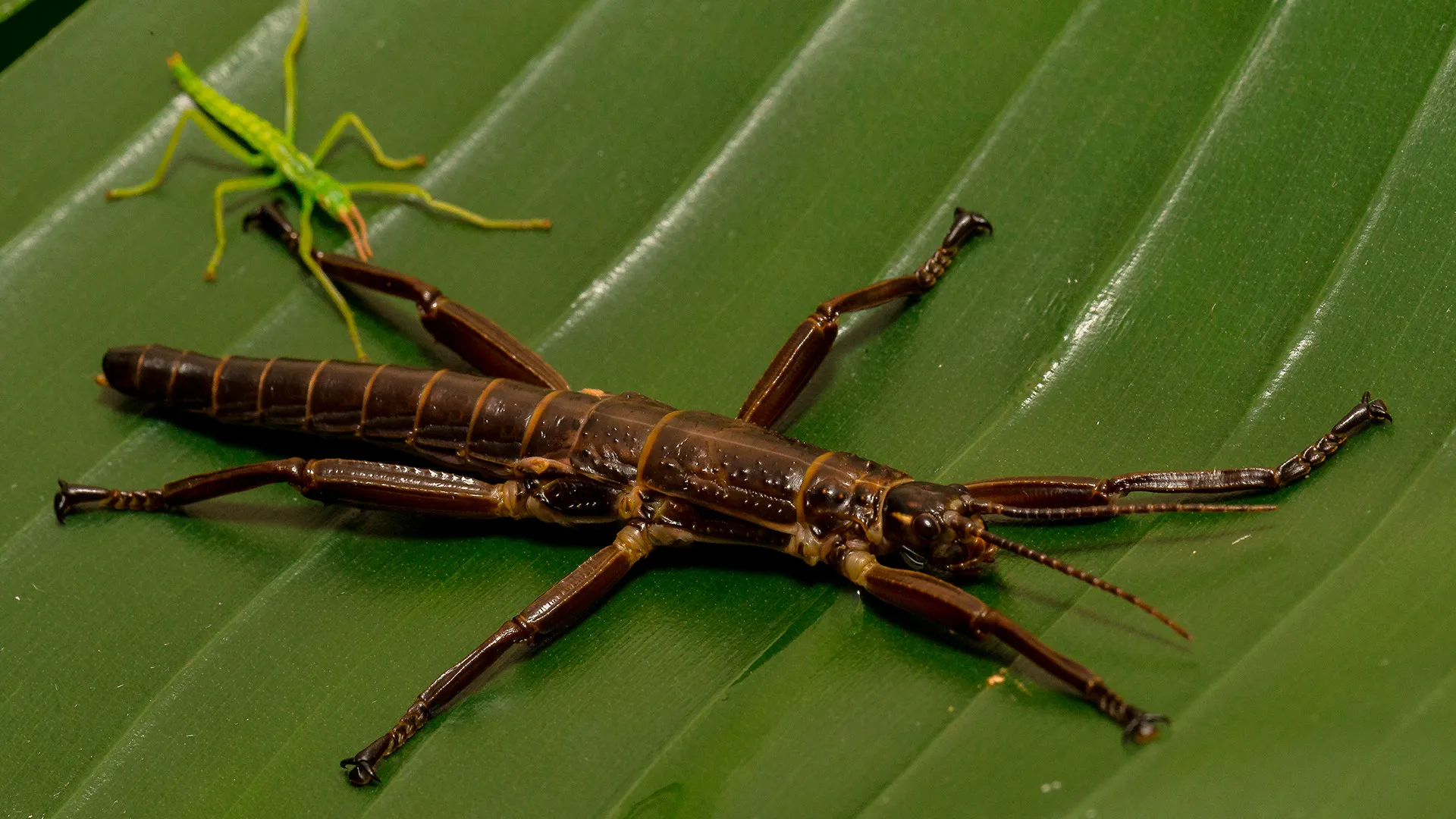
Also called the “tree lobster,” this large stick insect was thought to be extinct for decades after rats wiped out its population on Lord Howe Island. However, in 2001, a small population was rediscovered on Ball’s Pyramid, a rocky sea stack near the island. Conservation programs are now breeding these insects in captivity to reintroduce them into the wild. Their long, thick bodies and dark coloration make them look like small tree branches, providing excellent camouflage.
2. Hercules Beetle (Dynastes hercules)

One of the largest and strongest beetles in the world, the Hercules beetle can reach up to seven inches in length. Males are known for their impressive horn-like pincers, which they use to fight for mates. Native to the rainforests of Central and South America, these beetles are highly sought after by collectors, making them one of the most expensive beetle species on the market. Their ability to lift up to 850 times their body weight is an astonishing feat of strength in the animal kingdom.
3. Raspberry Crazy Ant (Nylanderia fulva)

These tiny ants are named for their erratic movements and rapid spread across areas they invade. Originally from South America, they have become an invasive species in the southern United States, causing damage to electrical systems by short-circuiting devices. They can overwhelm and displace native ant species due to their aggressive colony-building behavior, making them a significant ecological concern.
4. Giant Weta (Deinacrida)

The giant weta, found only in New Zealand, is one of the heaviest insects on Earth. Some individuals weigh more than a sparrow! These flightless insects have evolved in the absence of mammalian predators, but with the introduction of invasive species, their populations have declined. Conservationists are working to protect their remaining habitats and prevent further decline. Their slow movement and large size make them easy prey, adding to their vulnerability.
5. St. Helena Giant Earwig (Labidura herculeana)
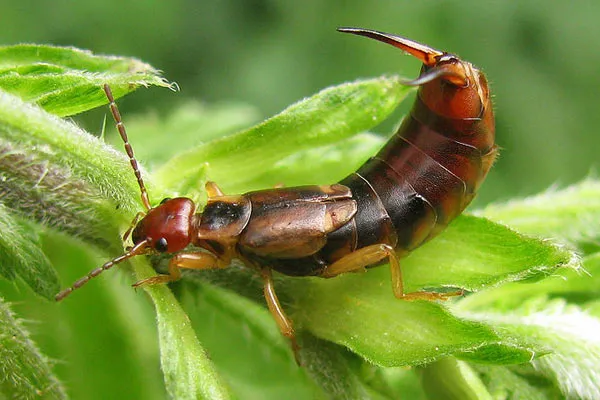
This enormous earwig, once native to St. Helena Island, was the largest earwig species ever recorded. Growing up to three inches long, it was believed to be extinct due to habitat destruction and environmental changes. No confirmed sightings have occurred in decades, making it one of the most elusive insects in history. Its disappearance highlights the importance of conservation efforts for island species that face rapid environmental changes.
6. Queen Alexandra’s Birdwing Butterfly (Ornithoptera alexandrae)
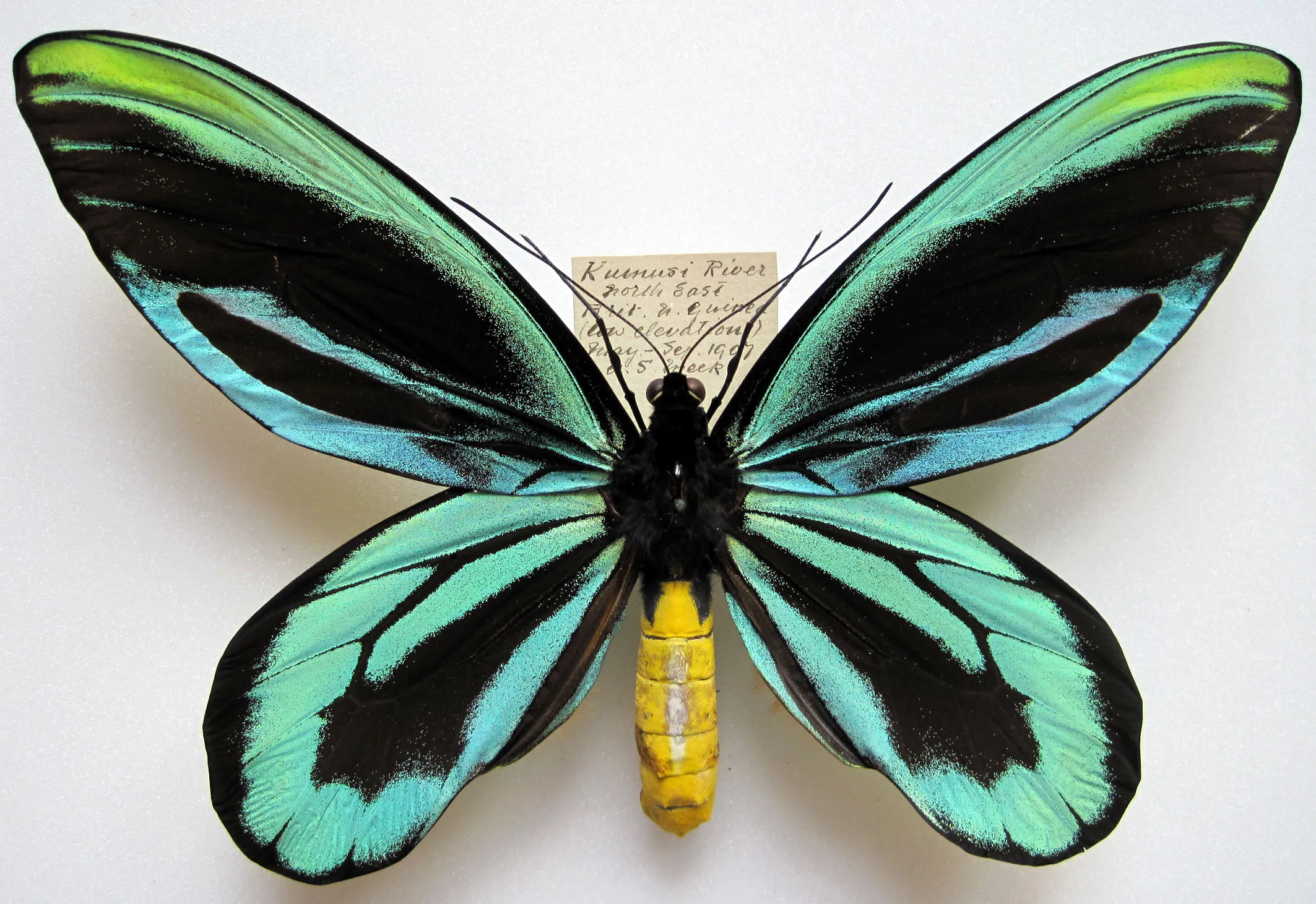
The world’s largest butterfly, the Queen Alexandra’s Birdwing, is found only in Papua New Guinea. With a wingspan reaching up to 11 inches, this butterfly is both breathtaking and extremely rare. Due to habitat destruction caused by deforestation and farming, its numbers have declined significantly. It is a protected species, and capturing or trading it without permission is illegal in many countries.
7. Blue Morpho Butterfly (Morpho menelaus)
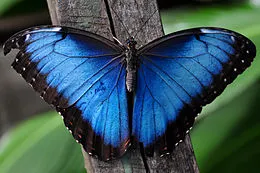
Recognized for its stunning iridescent blue wings, the Blue Morpho is one of the most visually striking butterflies in the world. Found in Central and South American rainforests, this species is often sought after for decorative purposes. The shimmering blue effect of its wings is caused by microscopic scales that reflect light, creating an illusion of movement.
8. Metallic Tarantula (Poecilotheria metallica)
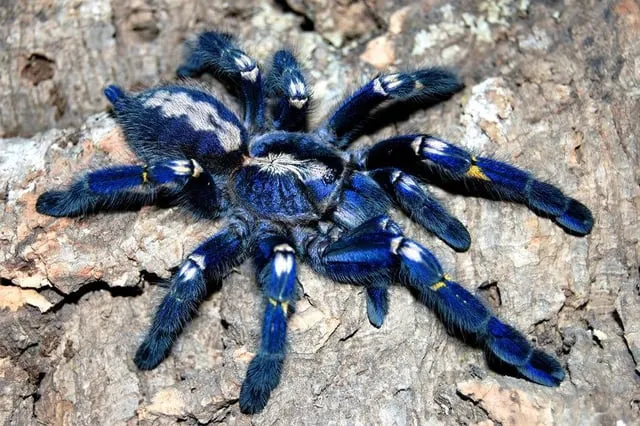
Unlike most tarantulas, which have dark brown or black coloration, this species features a stunning metallic blue exoskeleton. It is native to India and is extremely rare in the wild due to habitat destruction. However, captive breeding programs have made it available to exotic pet enthusiasts. Its vibrant colors and striking appearance make it one of the most unique arachnids in the world.
Offical Link :- Link
Conclusion
The insects on this list are among the rarest and most fascinating creatures on the planet. Their survival depends on conservation efforts and raising awareness about the impact of habitat destruction and climate change. Protecting these mysterious species ensures that future generations will continue to marvel at their unique beauty and ecological importance.
FAQs :-
-
Why are these insects so rare?
Many of these insects are rare due to habitat loss, climate change, human activity, and invasive species. Some have highly specialized living conditions, making them vulnerable to even minor environmental changes.
-
Can I legally buy or keep these insects as pets?
Some species, such as the Hercules Beetle and Metallic Tarantula, are available for purchase through legal and ethical breeding programs. However, many species, like the Queen Alexandra’s Birdwing, are protected and cannot be legally owned or traded.
-
What is the most expensive insect in the world?
The Queen Alexandra’s Birdwing Butterfly is one of the most expensive and rarest insects, with prices reaching up to $10,000 due to its size and conservation status.
-
What are conservation efforts doing to protect these species?
Conservationists are working to protect rare insect habitats, breed endangered species in captivity, and enact laws to prevent illegal trade and deforestation.
-
Are there any insects on this list that are already extinct?
Yes, the St. Helena Giant Earwig is believed to be extinct due to habitat destruction. Conservation efforts are crucial to prevent further extinctions.
